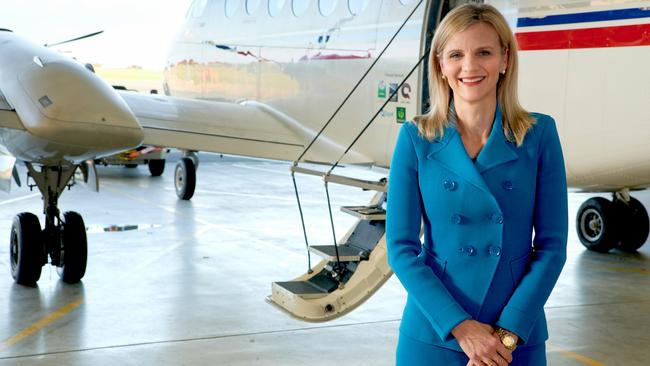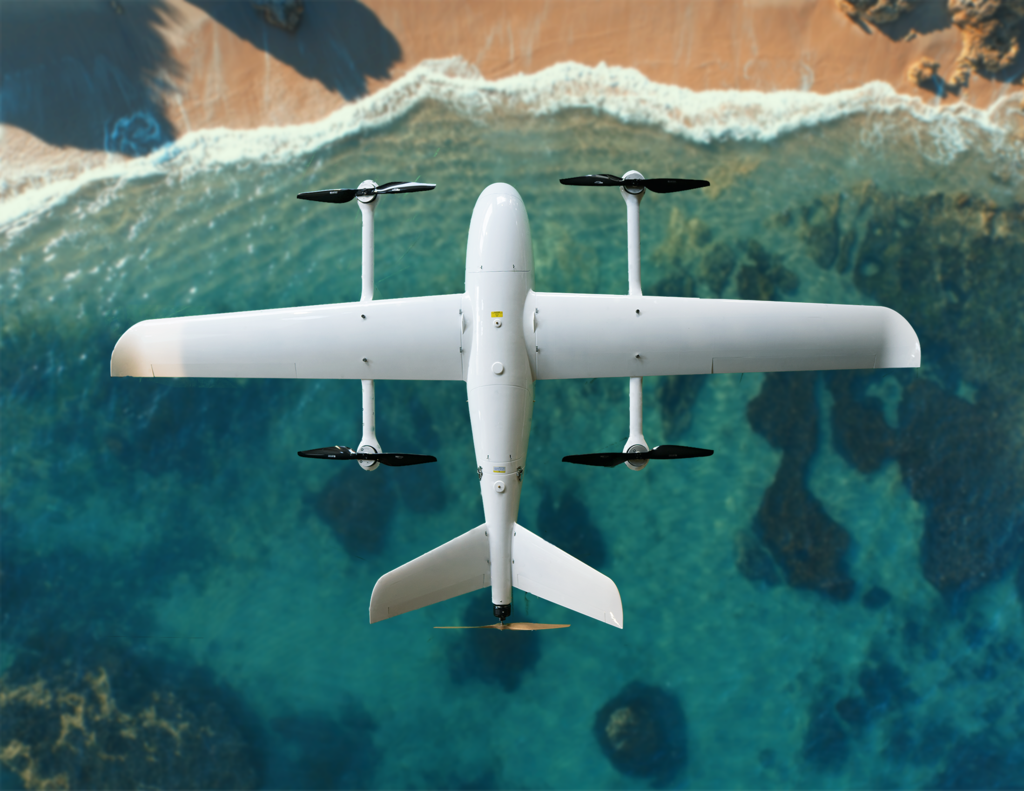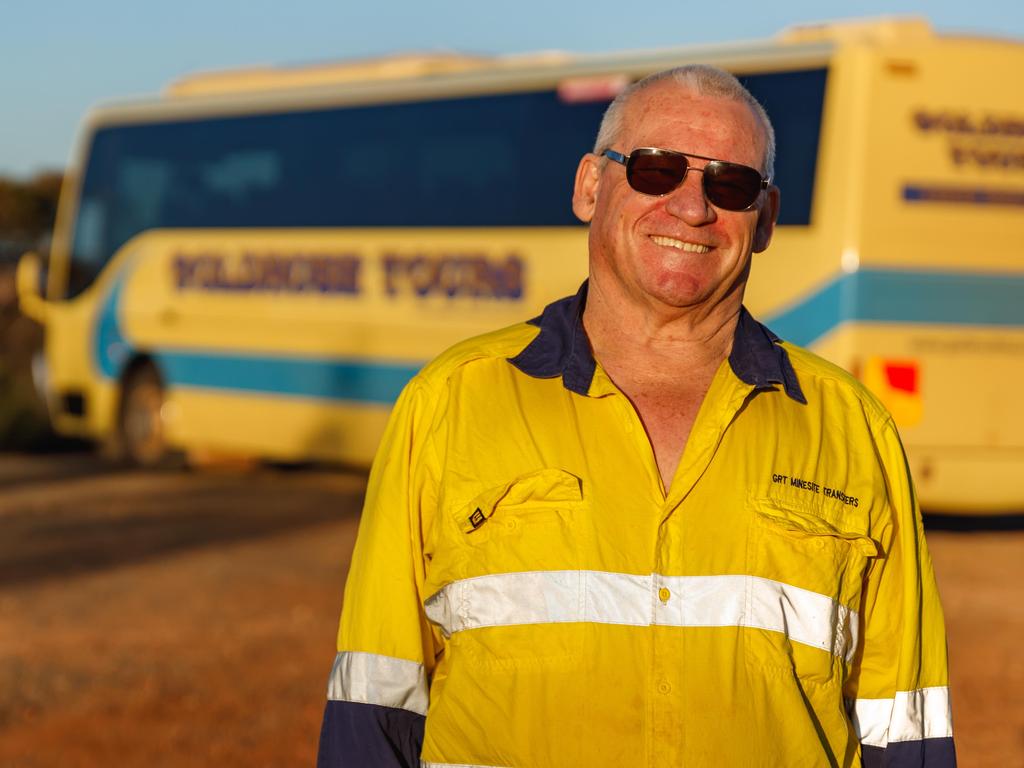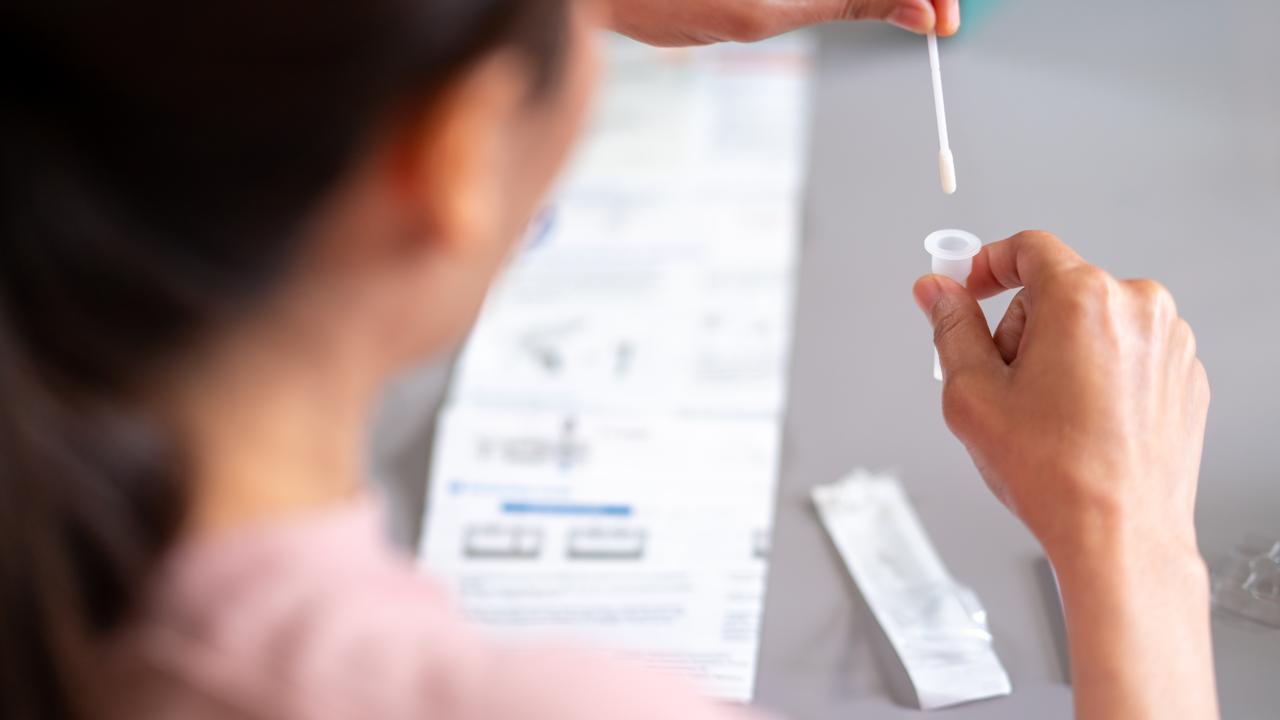Flying doctors specialise in getting medical students to regions of need
Mount Isa’s leading doctors have enrolled the Royal Flying Doctor Service to help bring medical students to the area, providing world class training in the process.
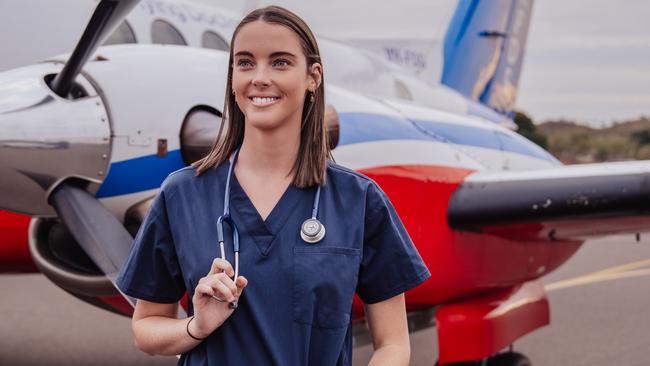
Medical student Kaitlin Brownhill, from the suburbs of Brisbane, is part of a generation of young doctors striving to improve by specialising. She never expected to find those qualifications in outback Burketown, nestled on the Gulf of Carpentaria.
“While I was there one night, we had three emergencies happening all at once, and no doctors,” she recalled. “Just me and the nurse practitioner.”
Ms Brownhill, 22, worked with the Royal Flying Doctor Service as a part of her placement, and it was up to her to triage all three emergencies at once, getting planes in the air to save lives.
“The biggest thing I did was a 2am ambulance transfer with a patient who was very, very sick,” she said.
“That was scary, but it’s stuck me with a lot, that experience.”
“Out here when an emergency happens, people think that might be it for them. Someone might not get here in time. It’s quite scary.”
The demand for student doctors to specialise has left many locked out from training in the regions, but the RFDS remains one of the highly lucrative placements for young doctors that still brings talent to rural areas.
A new partnership between Queensland’s North West Hospital and Health Service (NWHHS) and the RFDS hopes to make rural areas a competitive training ground by giving more junior doctors on regional residencies the opportunity Ms Brownhill had to train across both services at once.
“The RFDS is such a sought-after sector to do placement in as a student,” the fifth-year medical student said. “You are challenged in a way that makes you think outside the box on how to make the most of what you have with these patients.”
“It’s something a lot of people think is beyond their skill set, until they’re actually given the opportunity to be involved in that aspect of care, because retrieval medicine is just a whole different game to working in a hospital. You just have to make split-second decisions and back yourself.”
Burketown is 550km from Mount Isa Hospital, making quality local care essential, but Ms Brownhill said popular misconceptions were stopping more medical students from training in the regions. “Other people in tertiary centres tell medical students and junior doctors they’re not going to see the same amount of presentations in regional areas,” she said. “People are just misinformed about what can be managed in hospitals such as Mount Isa. Yes, we are isolated and remote, but the services the hospital here can provide, it’s almost all of the services you would need to cover every main presentation.”
The NWHHS also invested $15m in staff accommodation.

NWHHS chief Sean Birgan has relied on the RFDS’s help through his 40 years in medicine. An official partnership seemed a natural step for the region.
“We’re talking now about the partnership with the RFDS, but this would be equally applicable with other agencies, such as community-controlled Aboriginal and Torres Strait Island organisations that service many of our communities out here,” Mr Birgan said. “It is definitely expandable and we know if we can get junior doctors interested and exposed to rural and remote healthcare, a large portion will stay.”
In the northwest, a population of 32,000 is spread over 300,000sq km and is one of the regions most acutely affected by the nationwide GP shortage.
Queensland Royal Flying Doctors Service CEO Meredith Staib said the program was a chance for junior doctors to learn how to operate across hospitals, general practice and remote health early in their careers.
“These clinics are usually inaccessible to junior doctors because of the level of remoteness, the high costs of getting to and from, lack of access to accommodation, and the lack of clinical supervision available,” Ms Staib said.
“We listened to the junior doctors who were leaving the region because they weren’t able to complete any of their specialist training in the very remote communities.”
